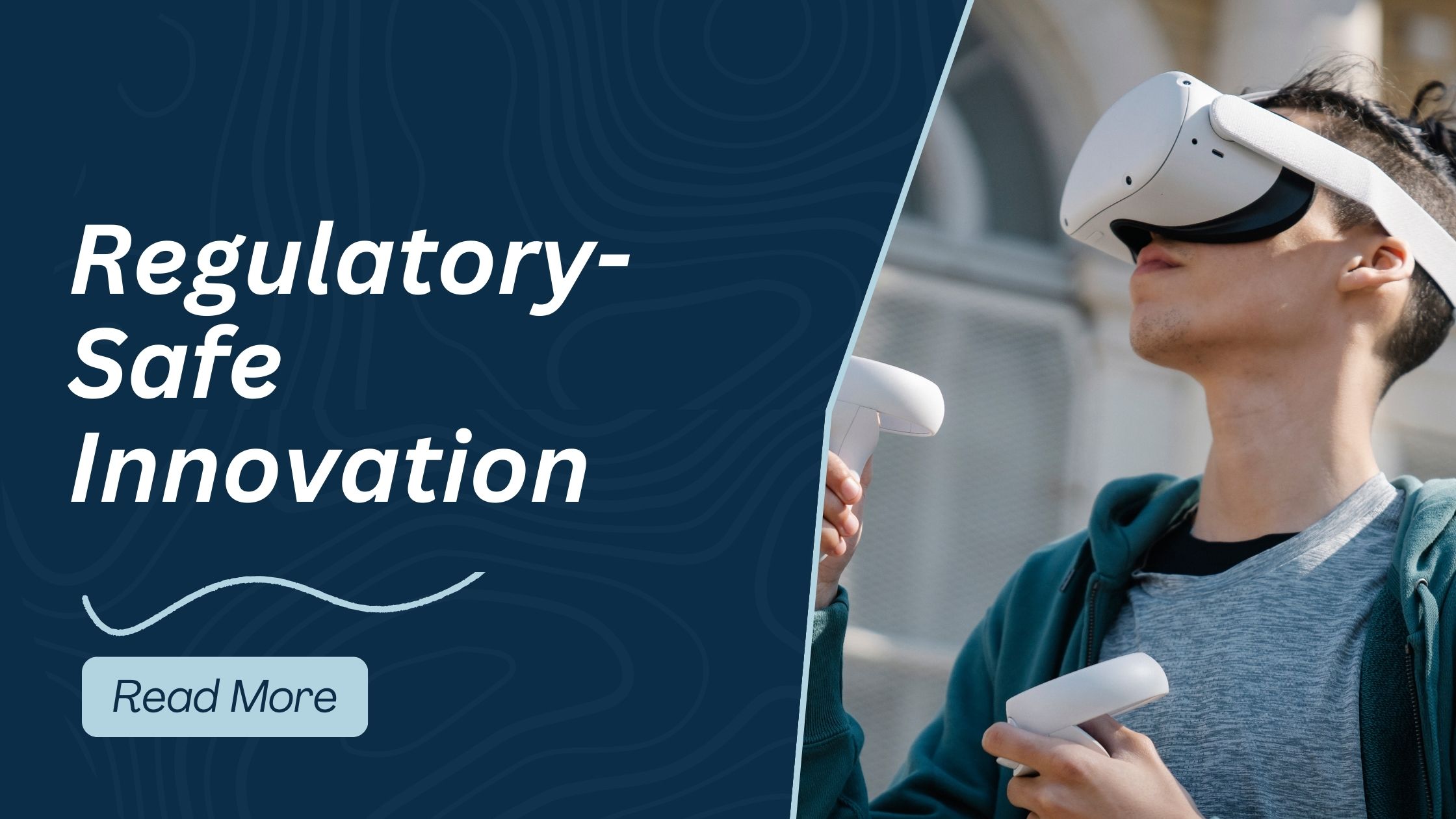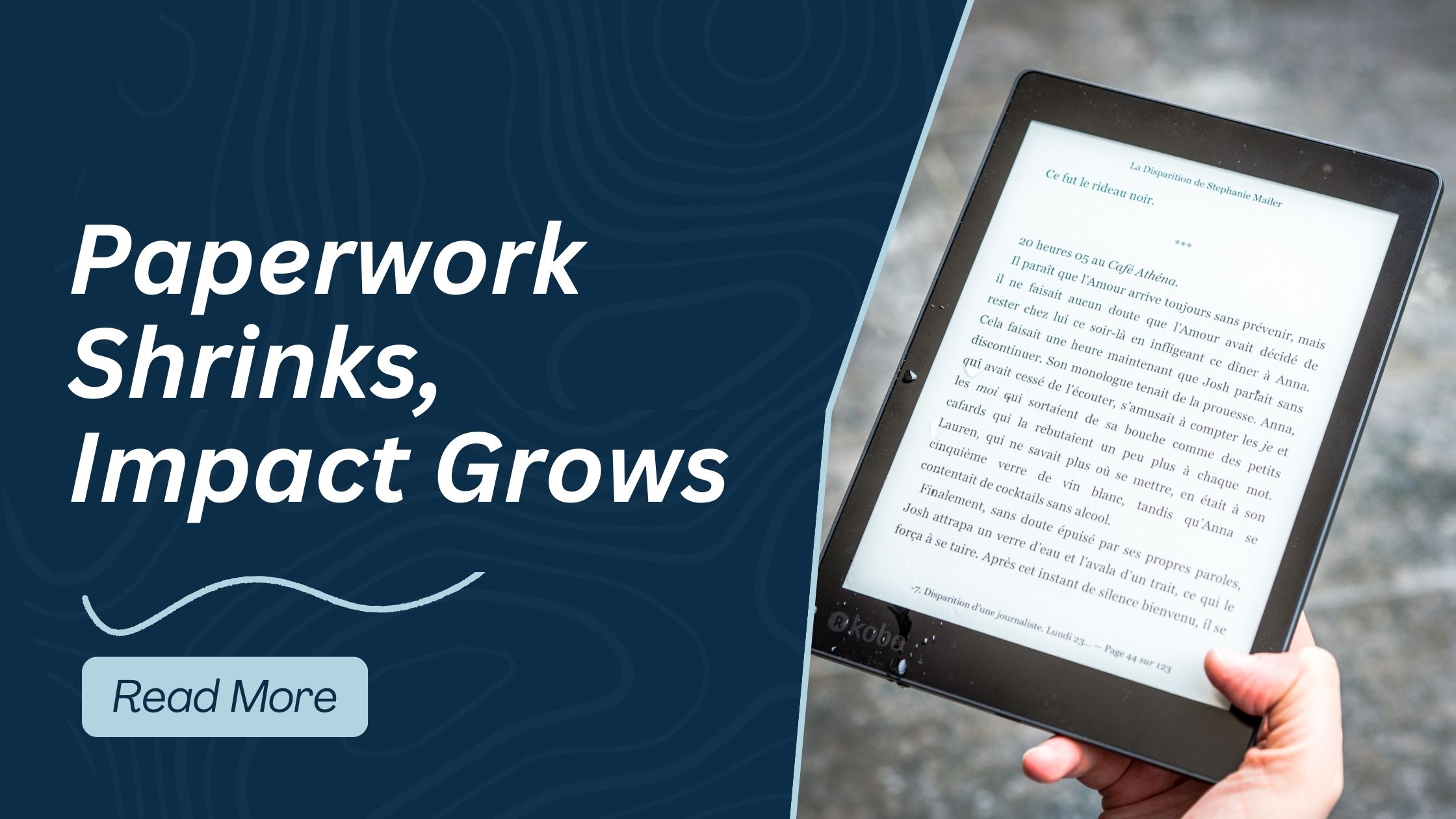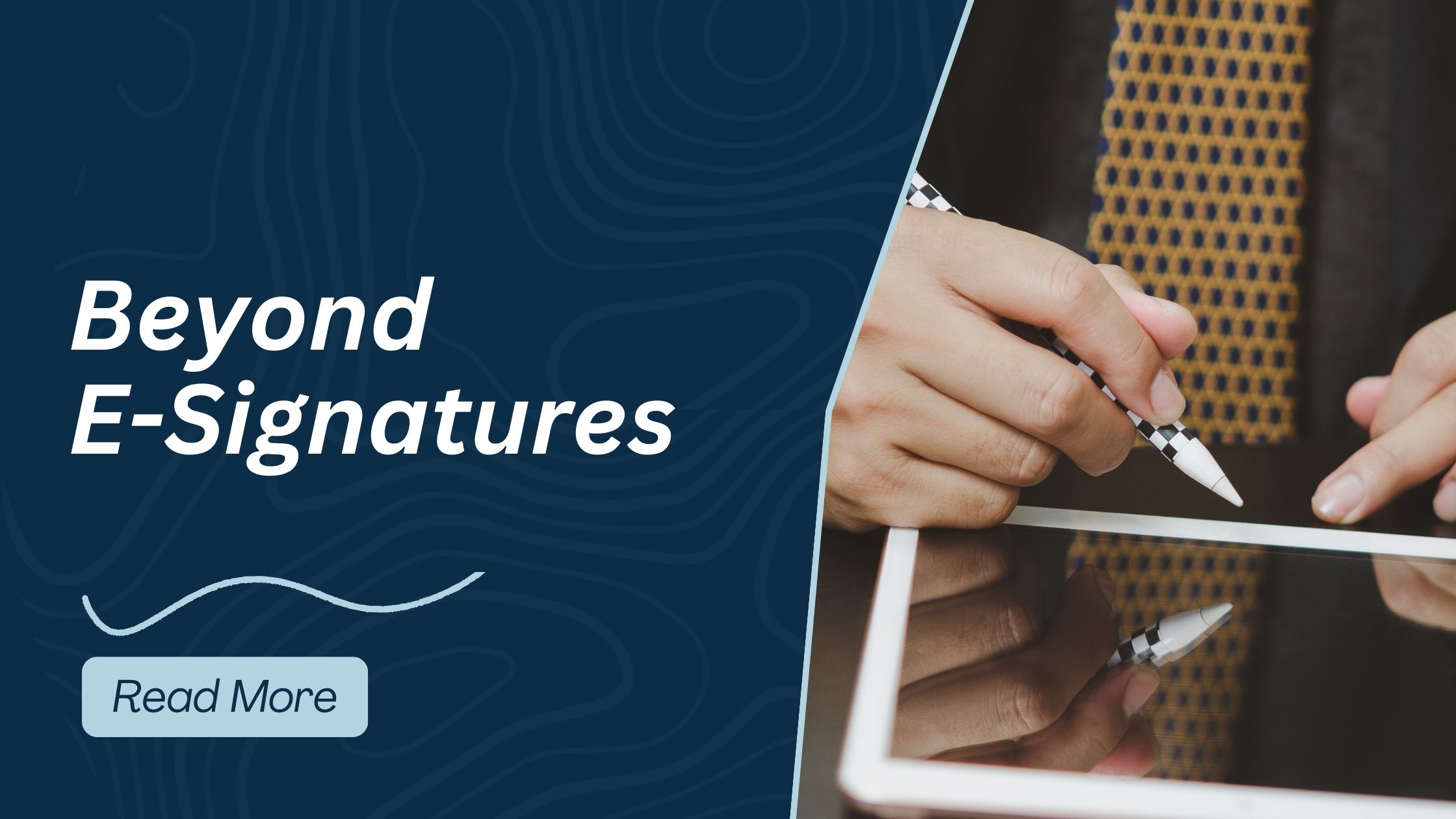When a new distribution model hits the insurance market, the first reflex is to label it-“innovation,” “digital transformation,” or, less flatteringly, “just a cosmetic tweak.” Where does Agent-Guided Digital Distribution (AGDD) sit on that spectrum? The short answer: it’s a strategic transformation disguised as an incremental refinement-and that paradox is exactly why it works.
1 | Innovation in the micro-details
At first glance AGDD looks like a patchwork of familiar tools: smart forms, virtual-account payments, video calls, courier pickups. None of those is brand new. The innovation lies in how they are stitched together to solve Indonesia-specific pain points:
a) Refundable deposit – Builds customer commitment without locking them in; a clever behavioural-finance lever rarely seen in life sales.
b) Video-witnessed wet signature – Marries compliance with convenience; agents keep face-to-face trust, customers skip the branch visit.
c) In-form agent IM – Turns validation errors into real-time coaching moments, slashing NIGO rates.
Each individual piece is incremental, but the cumulative effect is to collapse a 10-day paper journey into four days while staying outside the digital-insurer licence regime.
2 | Transformation in operating economics
Look deeper and AGDD reshapes three structural cost lines:
a) Acquisition cost per policy falls 40 % (courier, re-typing, branch overhead).
b) Agent productivity jumps 10×, redefining territory economics; one producer can now cover what used to require a small district.
c) Capital turns faster, because premiums start flowing six days sooner and lapse risk shrinks when customers see value quickly.
Those shifts change profit pools and organisational charts-that’s transformation, not housekeeping.
3 | Cultural remix, not cultural replacement
Pure-digital experiments failed largely because they tried to uproot the agent culture overnight. AGDD protects the social contract between customer and advisor while giving both parties digital speed. It’s closer to Toyota’s kaizen philosophy-continuous, compounding improvements-than to a moon-shot rebuild. But kaizen at scale reinvents factories; AGDD can do the same for sales forces.
4 | So what should we call it?
a) Not a revolution-it keeps wet ink, a courier, and the agent.
b) Beyond refurbishment-it rewires cost, speed, and reach.
c) A stealth transformation-one that boards can green-light because it feels low-risk yet delivers high-impact numbers (40 %+ IRR in pilots).
In other words, AGDD is the sweet spot halfway between cautious iteration and headline-grabbing disruption. It’s the kind of innovation that survives governance committees and still excites the front line-precisely because it respects what already works while eliminating what doesn’t.
Sometimes the most powerful transformations are the ones that look incremental-right up until the P&L lands on the CFO’s desk.
Image by Freepik




